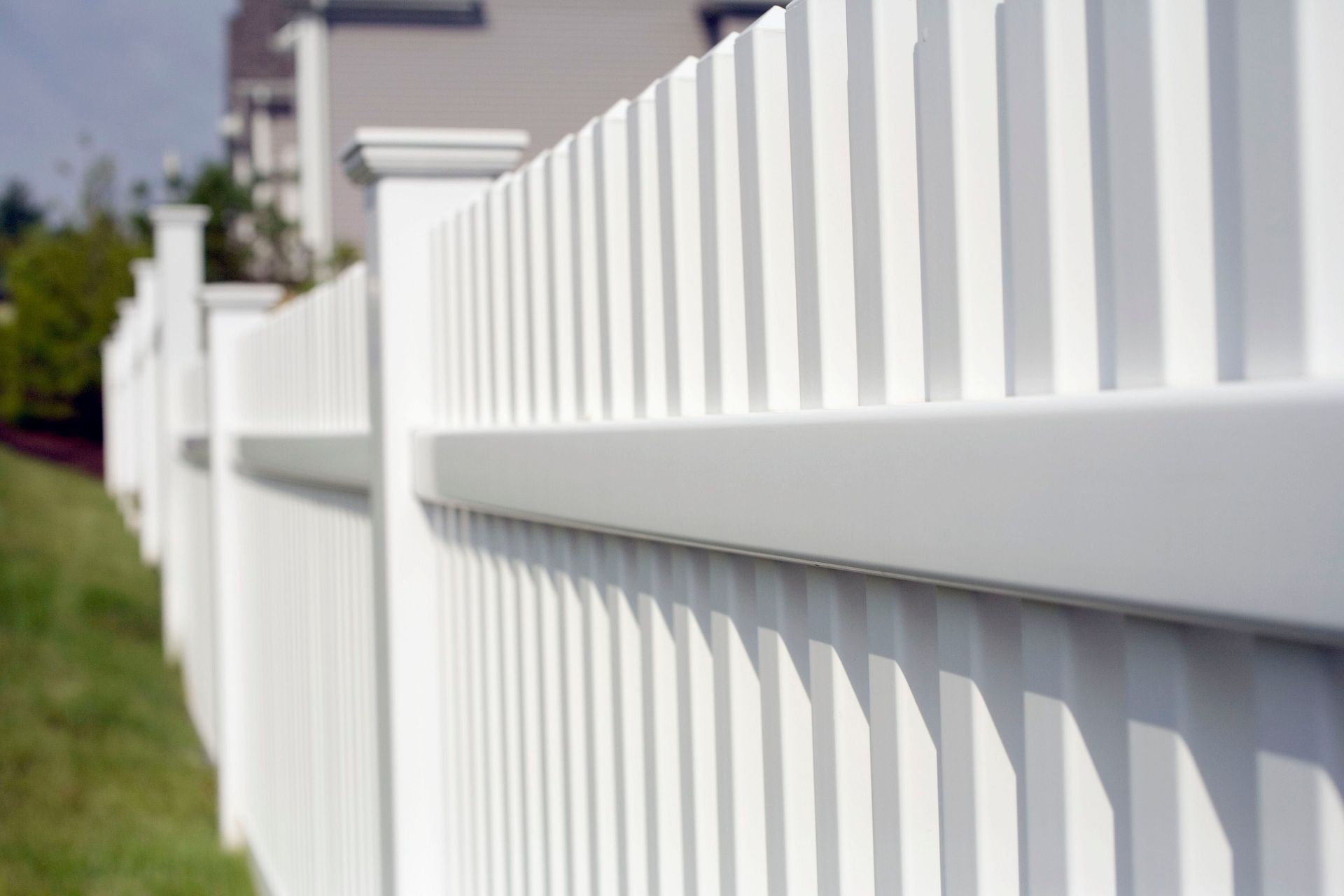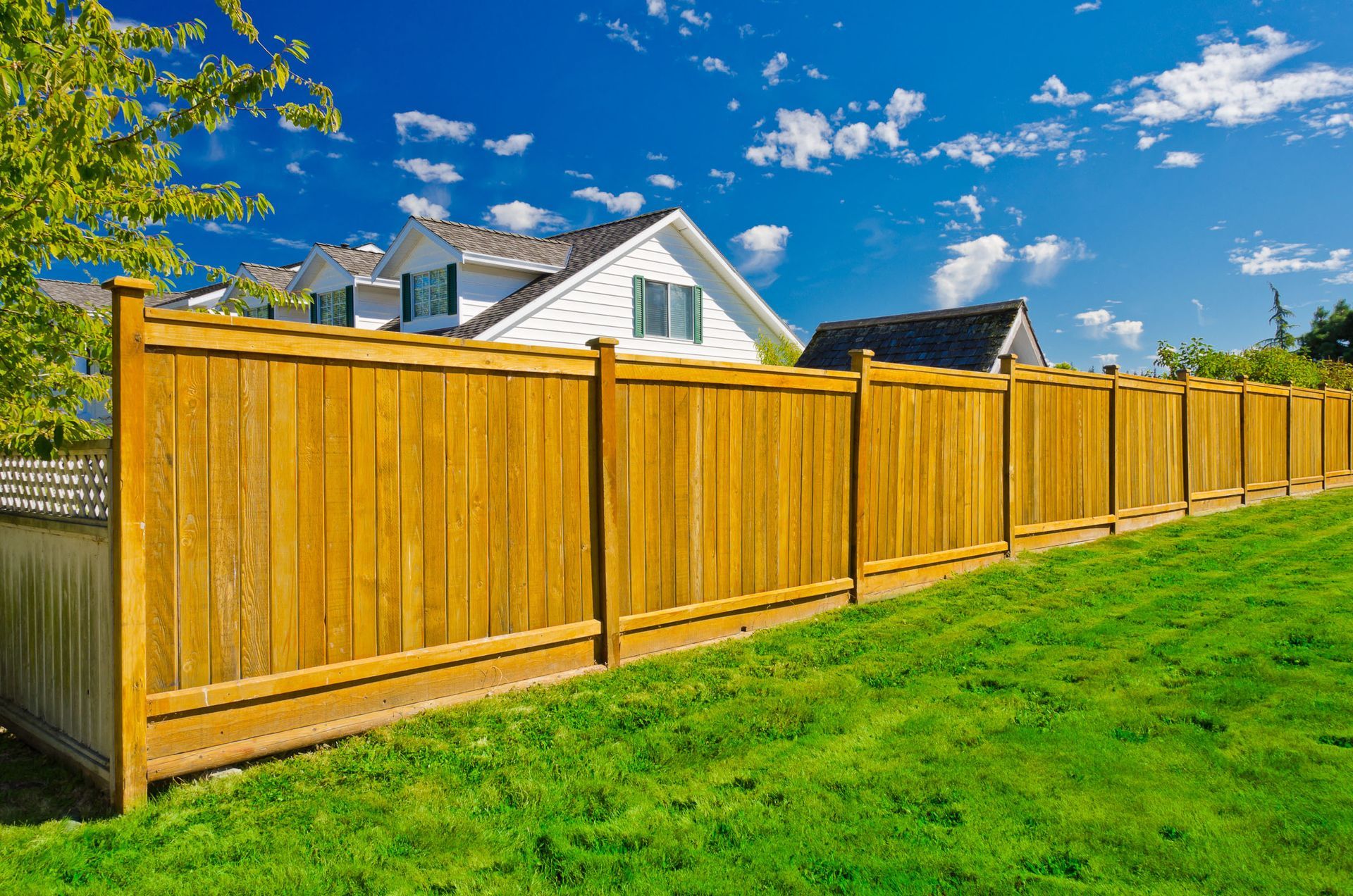What Are the Best Materials I Can Use for My Fence Installation?
When deciding to install a fence on your property, choosing the right material is crucial. The material you select will impact the fence's durability, appearance, and maintenance requirements. This article will explore the best materials to consider for your fence installation and their unique characteristics. Making an informed decision involves assessing factors such as budget, aesthetic preferences, and environmental impact. By the end of this article, you'll have a comprehensive understanding of the best materials for your fencing needs.
Wood: The Classic Choice
1.1 Types of Wood
Wood has been a popular choice for fencing for centuries, providing a natural and classic appeal. Common types of wood used for fencing include cedar, pine, and redwood, each with distinct characteristics. Cedar is renowned for its resistance to decay, whereas pine, when treated, offers affordability. Redwood provides a rich color that adds an elegant touch to properties. Understanding these options helps in choosing the right type of wood that aligns with your preferences and needs.
1.2 Durability and Longevity
The durability of wood fences largely depends on the type of wood used and how well it's maintained. Cedar and redwood are highly durable, thanks to their natural oils that resist insects and rot. Treated pine can also stand up well to the elements, though it's generally less durable than cedar or redwood. Factors such as climate and exposure to moisture further influence a wood fence's lifespan. Regular maintenance, like staining or sealing, can significantly extend the life of a wood fence.
1.3 Maintenance and Care
Caring for a wood fence involves several regular maintenance tasks to ensure its longevity and aesthetic appeal. Applying a sealant every couple of years helps protect the wood from rain, sun, and pests. Clearing debris around the fence and inspecting for damage are also important routine tasks. Additionally, occasional power washing can keep the wood looking fresh and new. Commitment to maintenance not only enhances the fence's appearance but also extends its life considerably.
Vinyl: The Low-Maintenance Option
2.1 Benefits of Vinyl Fences
As a provider of fence installation services, we know that vinyl fencing has gained popularity due to its modern, low-maintenance appeal. Unlike wood, vinyl doesn't require sealing or painting, making it a time-saving choice for busy homeowners. This type of fence is highly resistant to common issues such as rot, decay, and pest infestation. Additionally, vinyl is durable enough to withstand harsh weather without deteriorating. These attractive benefits have made vinyl an appealing choice for those looking to balance aesthetics with functionality.
2.2 Durability and Weather Resistance
Vinyl fences are known for their incredible durability, which is largely attributed to their composition. Designed to withstand temperature fluctuations, vinyl won’t rot or warp in extreme weather conditions. This resilience makes vinyl ideal for regions with unpredictable climates. Its robust construction ensures a long-lasting performance, reducing the need for frequent replacements. Over time, this durability translates into significant cost savings for homeowners.
2.3 Variety in Styles and Colors
Vinyl fencing is available in an extensive array of styles and colors, offering versatility to suit diverse architectural tastes. From white picket styles to modern horizontal slat versions, vinyl caters to a variety of design preferences. Homeowners can choose from colors like classic white, serene beige, or even bold tones for a unique look. The availability of styles means that vinyl can complement both traditional and contemporary home designs. With such design flexibility, vinyl allows homeowners to enhance their property's curb appeal effectively.
Metal Fences: Strength and Security
3.1 Types of Metal Fences
Metal fences, known for their strength, come in various types, including aluminum, wrought iron, and chain link. Each type has its unique properties; for instance, aluminum is lightweight yet strong, while wrought iron offers a classic, ornate appearance. Chain link is often favored for its affordability and practicality for larger areas. Aluminum fences are popular due to their excellent resistance to rust and corrosion. Choosing the right type requires considering the intended use and desired aesthetic appeal.
3.2 Advantages of Metal Fences
Metal fences are celebrated for their strength and the security they provide. With their robust construction, they act as formidable barriers against intruders. A key benefit of using metal like aluminum is its longevity. According to Ergeon, with proper maintenance, an aluminum fence can last up to 30 years. The durability of metal ensures that homeowners can have peace of mind, knowing their property is well-protected. Per our fence installation experts, metal fences do not require much maintenance, making them a convenient choice.
3.3 Maintenance Requirements
Maintaining a metal fence involves ensuring it remains rust-free and structurally sound. For aluminum, which is naturally resistant to rust, maintenance is minimal and mainly requires occasional cleaning. Wrought iron might need periodic painting to prevent rust and preserve its elegant appearance. Chain link fences, while not prone to rust, may require repairs if links are damaged. Overall, regular inspections can help identify and address any maintenance needs promptly.
Chain Link: The Practical Solution
4.1 Characteristics of Chain Link Fences
Chain link fences are characterized by their woven steel wire, forming a distinctive diamond pattern. This type of fencing is notable for its practicality and affordability, making it a go-to choice for many large-scale fencing needs. It commonly surrounds industrial areas, schools, and sports fields due to its robust and flexible design. The use of galvanized or coated wire enhances its resistance to weather-related wear and tear. Despite its utilitarian aesthetics, chain link fencing remains a top choice for security.
4.2 Key Benefits
One of the primary advantages of chain link fencing is its cost-effectiveness, particularly for covering large areas. Our fence installation experts conduct this process in a manner that is straightforward and quick. The durability and low maintenance of chain link fencing make it an appealing choice for many. The security that this solution offers is sought after by commercial property owners, especially.
4.3 Installation Process
Installing a chain link fence involves several clear and manageable steps. First, mapping out the fence line and marking post locations is essential for a smooth installation process. Next, setting posts securely into the ground ensures stability for the entire fence structure. The chain link mesh is then unrolled and attached to the posts, typically with tension bands or bars. Finally, gates are installed and checked for functionality. This methodical process ensures a durable and secure chain link fence.
The Benefits of Investing in the Right Fence
Selecting a fence material that fits the property and local conditions delivers value year after year. Materials with proven durability hold up to moisture, temperature swings, and UV exposure, which helps extend service life and stabilize long-term costs. Appearance matters, too: finishes that resist fading and corrosion keep lines crisp and color consistent, supporting curb appeal and potential resale value. When the design aligns with privacy and security goals, a fence also helps deter trespassing, define clear boundaries, and create safer areas for pets and play without constant repairs.
The right system implemented by a professional fence installation team can reduce routine upkeep without shifting work to the homeowner. Vinyl and aluminum are built to resist rot and rust, while cedar accepts protective treatments evenly and ages predictably. Compatible hardware, gates, and code-compliant pool or perimeter configurations make future additions easier for qualified professionals to handle.
Choosing the right fencing material involves weighing various factors, including cost, durability, maintenance, style, and environmental impact. Each material offers unique benefits, and the decision should align with personal priorities and the specific requirements of the property. By considering the overview provided in this article, homeowners can make a well-informed choice suited to their needs. Whether prioritizing sustainability, aesthetics, or security, there's a fencing option available to meet every requirement. Looking for a fencing solution that is most compatible with your property? If so, then don't hesitate to get in touch with the expert fence installation team at Best Fence!



Share On: